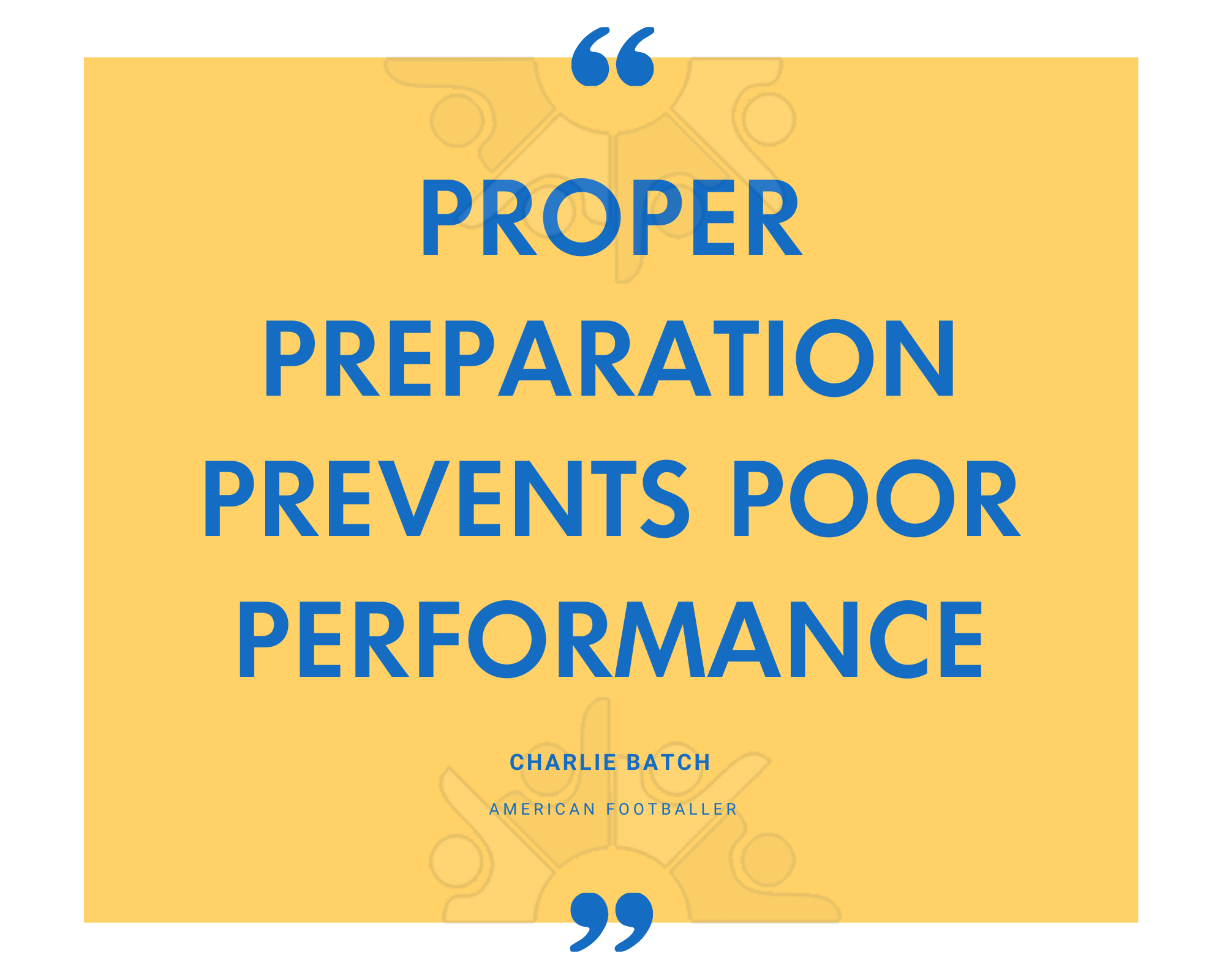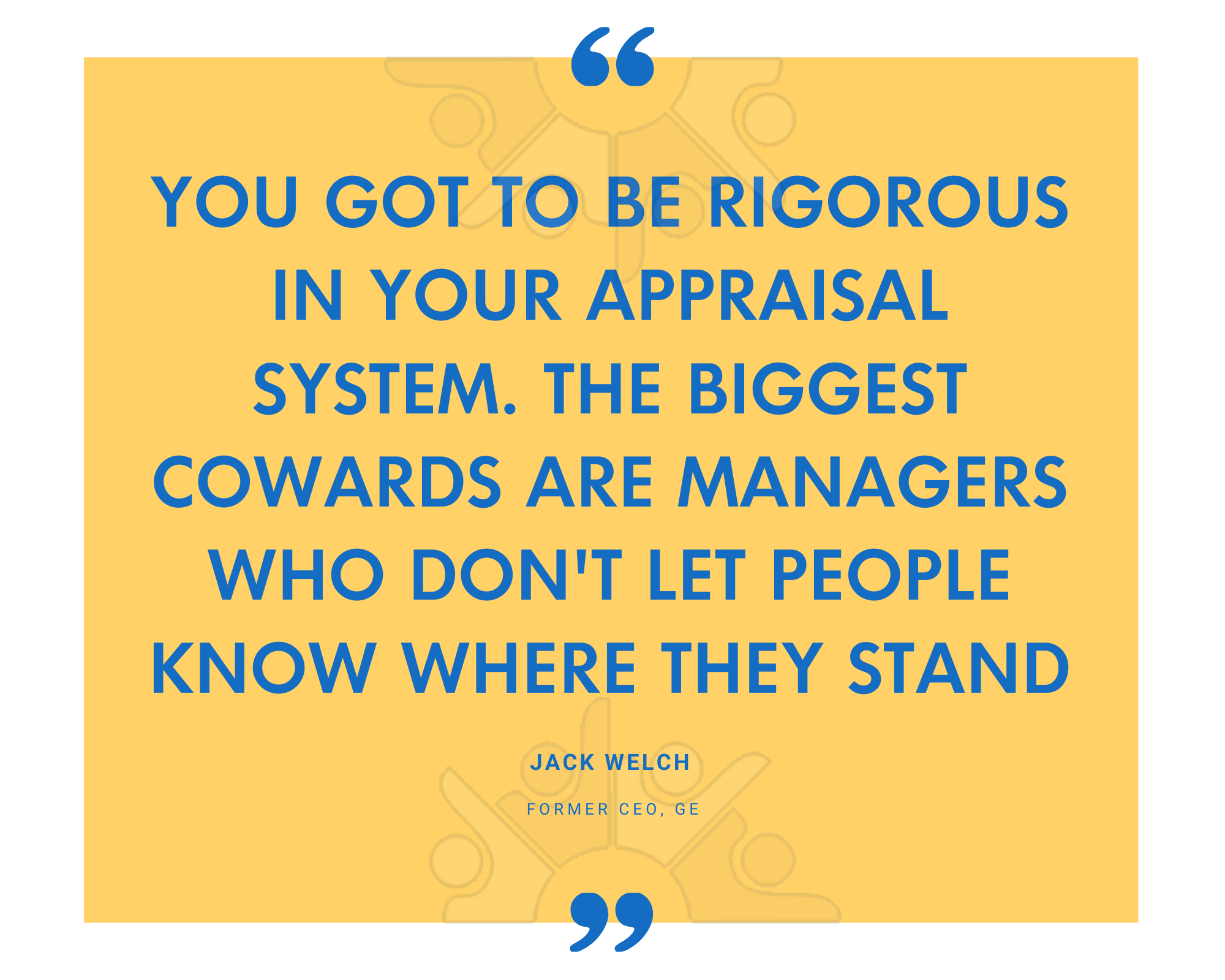The rapid increase in the number of people working from home due to the COVID-19 outbreak has caused managers and HR leaders to conduct a critical review of how they operate. Traditional methods of managing employees and carrying out performance appraisals have been supplanted with online appraisal systems geared towards remote working.
Here’s how you can make the most of the tools offered by a comprehensive performance management suite to deliver effective performance appraisals.

Let’s hone in on some of the key online appraisal tools and processes managers and HR leaders can use to streamline their workflow and get the best outcomes for their company and employees.
Setting clear goals and expectations
An effective performance review begins long before managers sit down with their employees for appraisals. Clarity of goals and expectations is needed from the outset, whether you’re onboarding a new hire or dealing with established employees at the beginning of a new quarter or project.
Discussing these goals and expectations early on ensures everyone starts off on the same page, giving them a clear framework moving forwards in which both managers and employees can measure their performance. Set short term goals as well as discuss the more ambitious stretch goals, and remember to factor in any personal growth ambition your employees might have so that these can be aligned with company objectives.
With a study from Gallup revealing that only 40% of employees feel a sense of connection to their company’s vision, taking the time to discuss these big goals with employees can help to strengthen alignment. If you understand their career goals you can help broaden their professional experience, benefiting both the employee and your business.

Synchronizing leaders, teams and individuals
One of the biggest drawbacks of traditional, paper-based performance appraisals is the amount of legwork required by managers and HR leaders to collect the data and peer feedback necessary to conduct a thorough review. The advantage of effective online appraisal software is the removal of many of these time-consuming tasks through a centralised, synchronised platform that brings leaders, teams and individuals together.
Real-time multi-channel communications give companies a mechanism whereby their performance appraisal process can be updated on the fly, giving managers daily insights into their employees’ successes and failures and the ability to immediately respond, whether by email, SMS, or via comments and chat features of the performance management software. Desired behaviour can be incentivized and rewarded quickly and visibly, creating pathways to replicate such behaviour at scale.
Applying consistent performance measurement tools
Once these goals and expectations are clearly established, use your performance management tools to submit and track short and long term objectives and key results (OKRs) and key performance indicators (KPIs) along a clear timeline, set out on a transparent visual dashboard synchronised with teams and individuals.
Tracking OKRs and KPIs on a visual dashboard gives companies an instant overview of progress across multiple devices, giving managers scope for easy to implement consistency in the online appraisals process. Managers can tailor their online appraisal software to flag problems that require immediate attention, chart whether or not employees and teams are on track to meet upcoming deadlines, and offer feedback and training when necessary.
Utilizing customizable appraisal templates
With much of the groundwork laid down by the aforementioned processes, conducting monthly, quarterly and annual appraisals is much easier. With online appraisal software bringing together day-to-day and long term goals with easy to understand data and regular feedback, managers are already in a strong position to carry out face-to-face (or video chat) meetings with employees.
Managers and HR leaders can take advantage of customizable appraisal templates which afford them the flexibility to select and modify the sets of questions most relevant for the appraisal in question. Basic questions concerning what the employee is most proud of over the previous period, where they think they could improve performance and what obstacles impeded their ability to do their jobs can be supplemented by questions tailored towards specific failures and issues flagged in the performance management tools.
Remember to avoid sugar-coating bad news, keeping in mind the goals and objectives that have been established with the employee from the beginning, and any problems associated with these which need to be addressed. Just as positive feedback can improve performance, so can negative feedback deliver good results, provided it is given clearly. Managers can make the most of the analytics gathered over the previous period to clarify any points of contention or areas where improvement is needed with clear data.
Establishing a path forward – coaching and training
Performance appraisals are most effective when managers are prepared with a clear path forwards for the employee, identifying areas for improvement and offering the appropriate coaching and training. The best corrective feedback is constructive and practical, just as feedback for top-performing employees seeks to maximize their talents moving forwards.
Be prepared with any relevant online training courses and certification programs and any other documentation and tutorials which may benefit them. Pair this information to the real-time, visual data concerning their performance so that they understand clearly how this relates to their goals, and how the coaching will help them to overcome any obstacles holding them back.
Ultimately, coaching and training should be an ongoing process that begins from the moment a new employee is brought on board. If you can provide them with the resources they require as and when they need them, based on the real-time data delivered via your performance management software, don’t wait until the next performance review to give it to them.






